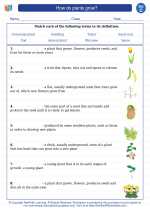How do plants grow? -> terrestrial ecosystems
Terrestrial Ecosystems
A terrestrial ecosystem is a type of ecosystem found only on land. It is characterized by specific plant and animal communities, as well as climate and soil conditions that differ from those found in aquatic ecosystems. Terrestrial ecosystems can include forests, grasslands, deserts, and tundras, among others.
Key Components of Terrestrial Ecosystems
- Plants: Trees, shrubs, grasses, and other vegetation play a crucial role in terrestrial ecosystems, providing food, shelter, and oxygen for other organisms.
- Animals: Various species of mammals, birds, reptiles, and insects inhabit terrestrial ecosystems, forming complex food webs and interacting with the environment.
- Soil: The quality and composition of soil in terrestrial ecosystems influence the types of plants that can grow and the availability of nutrients for organisms.
- Climate: The climate of a terrestrial ecosystem, including temperature, precipitation, and seasonal variations, affects the types of organisms that can survive and thrive in that environment.
Types of Terrestrial Ecosystems
There are several major types of terrestrial ecosystems, each with its own unique characteristics:
- Forests: Dense areas of trees and underbrush, forests can be tropical, temperate, or boreal, and are home to diverse plant and animal species.
- Grasslands: Characterized by vast expanses of grasses and few trees, grasslands support grazing animals and a variety of insect species.
- Deserts: Arid regions with minimal precipitation, deserts are home to specialized plants and animals adapted to survive in extreme dry conditions.
- Tundras: Cold, treeless landscapes found at high latitudes, tundras are home to hardy plants and animals that can withstand harsh cold and limited growing seasons.
Human Impact on Terrestrial Ecosystems
Human activities, such as deforestation, urbanization, agriculture, and pollution, can have significant impacts on terrestrial ecosystems, leading to habitat destruction, loss of biodiversity, and disruption of natural processes.
Study Guide
Use the following questions to help guide your study of terrestrial ecosystems:
- What are the key components of terrestrial ecosystems, and how do they interact with each other?
- What are the major types of terrestrial ecosystems, and what are their distinguishing features?
- How does climate influence the characteristics of terrestrial ecosystems?
- What are some examples of human activities that impact terrestrial ecosystems, and what are their consequences?
- Choose one type of terrestrial ecosystem and research the specific plants and animals that inhabit it, as well as the environmental challenges they face.
◂Science Worksheets and Study Guides Third Grade. How do plants grow?
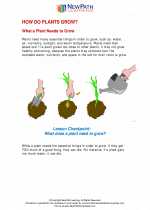
 Activity Lesson
Activity Lesson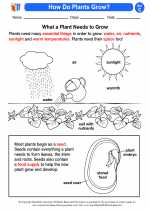
 Worksheet/Answer key
Worksheet/Answer key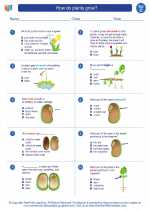
 Worksheet/Answer key
Worksheet/Answer key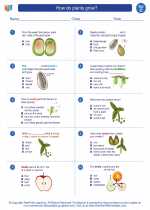
 Worksheet/Answer key
Worksheet/Answer key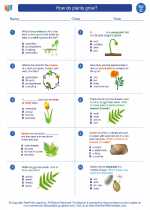
 Worksheet/Answer key
Worksheet/Answer key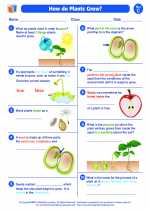
 Vocabulary/Answer key
Vocabulary/Answer key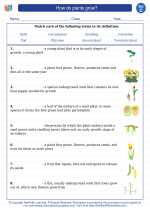
 Vocabulary/Answer key
Vocabulary/Answer key